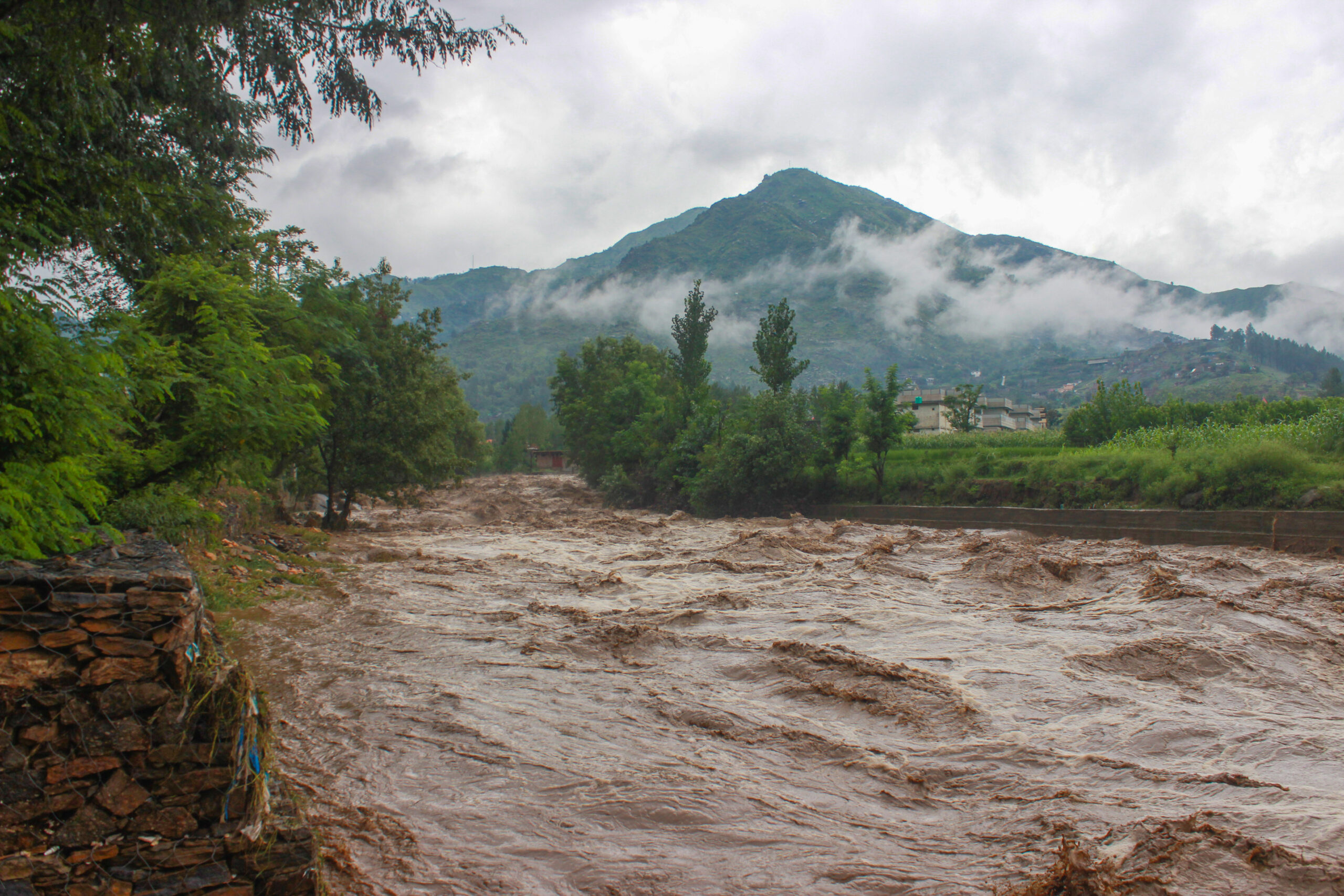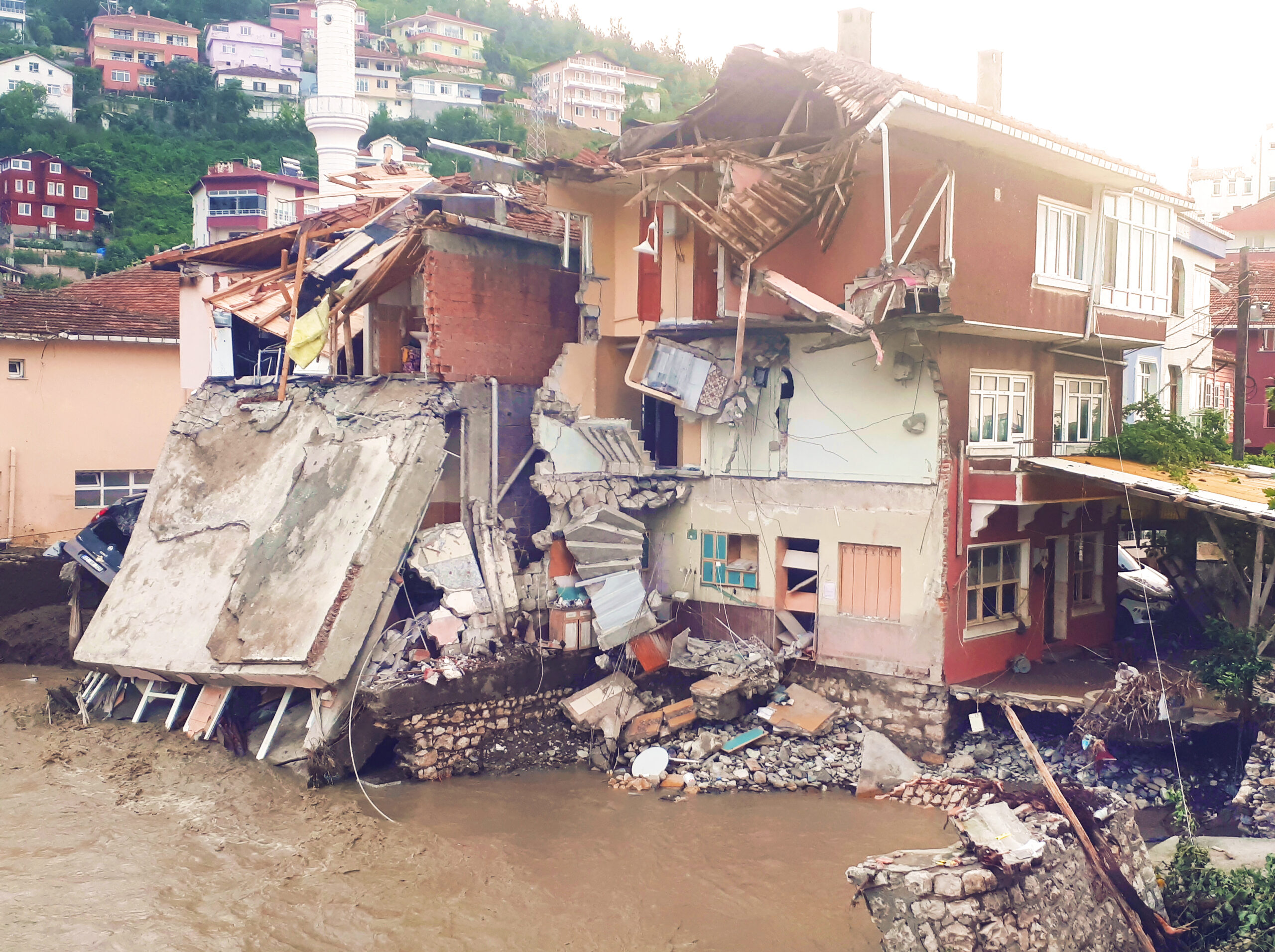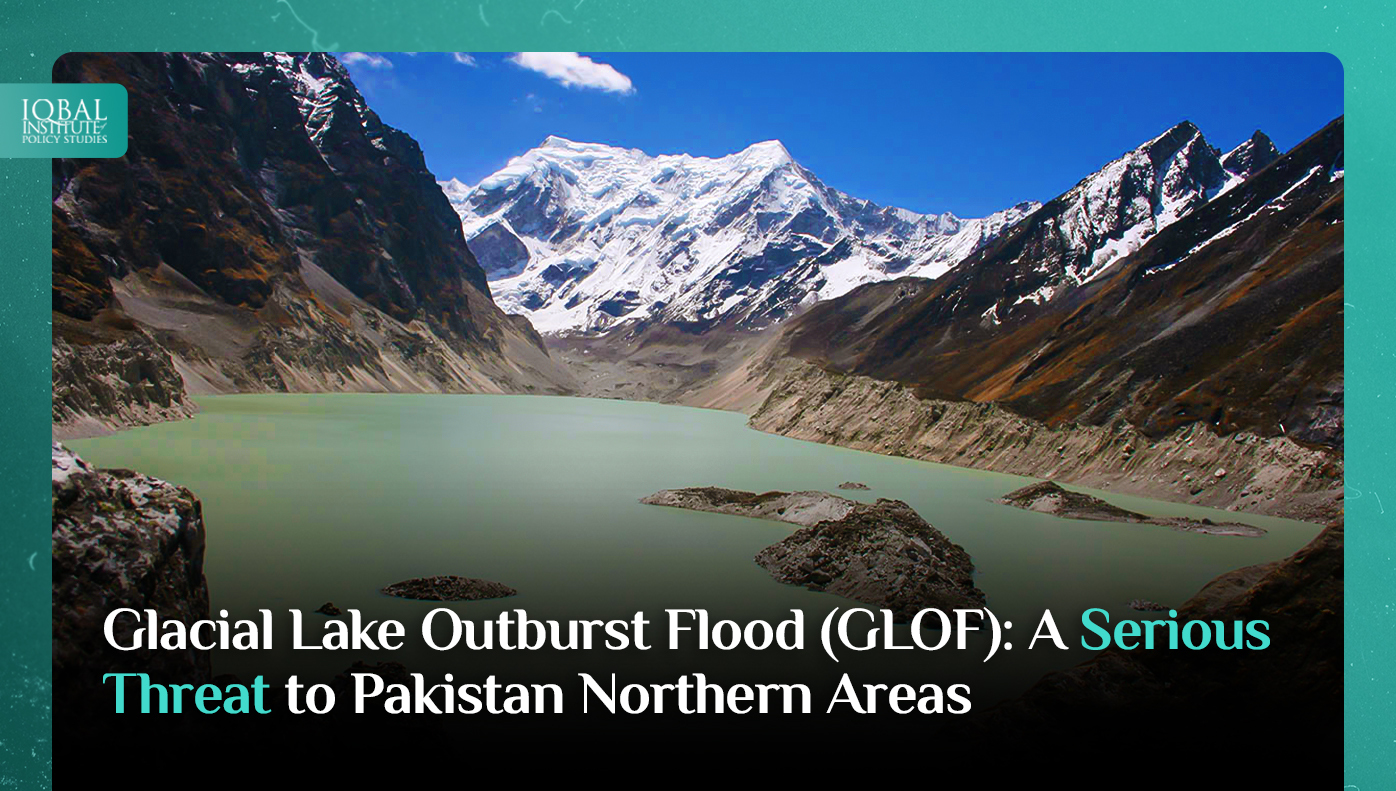Pakistan is known for its largest glaciers in the world. The country has home to more than 7,000 glaciers, more than anywhere else on Earth. However, due to the rising global temperature linked to climate change, the glaciers are melting rapidly creating thousands of glacial lakes. When these glacial lakes outburst, they release millions of cubic metres of water and debris in just a few hours, causing massive destruction to that area. Recently, the country has experienced several glacial lake outbursts this year that have caused several losses in the northern areas of Pakistan which are highly famous from a tourism perspective.
What is a Glacial Lake Outburst Flood?
A Glacial Lake Outburst Flood, or GLOF, is a sudden release of water from a lake fed by glacier melt that has formed at the side, in front, within, beneath, or on the surface of a glacier.

Such outburst floods are sudden events which can release millions of cubic metres of water and debris, leading to the loss of lives, property and livelihoods amongst remote and impoverished mountain communities.
GLOF: A serious Threat to Pakistan Northern Areas
This year, Pakistan has experienced around 33 massive glacial lakes outbursts floods, all located in the spectacular Himalaya, Hindu Kush and Karakoram mountain ranges that intersect in Pakistan, causing release of millions of cubic metres of water and debris in just a few hours. According to government officials, of these 33 outburst floods around 16 glacial lakes are linked to the heatwaves. Recently, a massive flood has been experienced in Hassanabad, a village of Hunza valley due to an outburst of glacial lakes that has damaged several houses and washed away two small hydro plants and a bridge in the village that connected the remote community to the outside world. Similarly, in the past, the Chitral Valley has also experienced three major floods that many Pakistani scientists attribute to climate change. The floodwaters killed more than 50 people and stranded hundreds of thousands and adversely impacted the vibrant tourist industry of Chitral that is still struggling to rebound after Sept. 11, 2001.

Way Forward
According to the Global Climate Risk Index, Pakistan is the world’s eighth most vulnerable country to extreme weather caused by climate change. Nonetheless, the country is experiencing earlier, hotter, and more frequent heat waves, with temperatures already hitting 50˚C this year. Apart from climate change, one of the main reasons for these extreme events is the lack of information on glacial changes makes it difficult to predict hazards originating from them. To reduce such events in future, the government needs to focus on a meaningful paradigm shift that will underpin long-term resilience for the region. The country must focus on a Community-Based Disaster Risk Management Committee for better development planning, and improved land and water management. There must be a holistic model of climate-resilient development to reduce risk GLOF and other climate change disasters in the future.



Leave a Reply